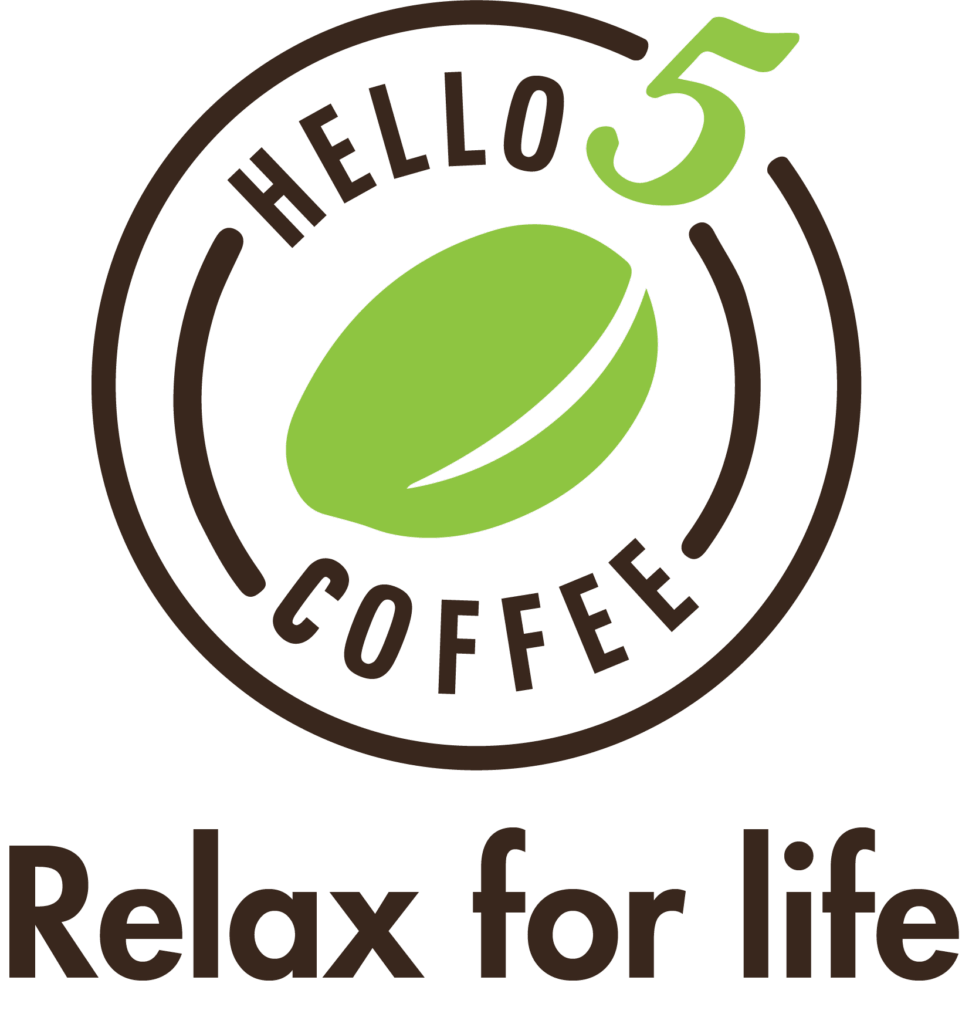Vietnam is not just the world’s second-largest coffee exporter—it’s a country with a coffee culture unlike anywhere else. From the lush hills of the Central Highlands to the vibrant street cafés of Ho Chi Minh City, coffee is woven into daily life here.
For businesses looking to source coffee in bulk, Wholesale Vietnamese Coffee offers a rare mix of quality, consistency, and affordability. Whether you’re a roaster, retailer, or distributor, understanding what makes Vietnamese coffee unique can help you make smarter buying decisions and stand out in your market.
In this guide, we’ll cover the varieties, sourcing process, export requirements, market trends, and insider tips you need to know. Along the way, we’ll introduce you to Hello 5 Coffee, a trusted supplier known for blending tradition with modern quality standards.
Why Choose Vietnamese Coffee for Wholesale?
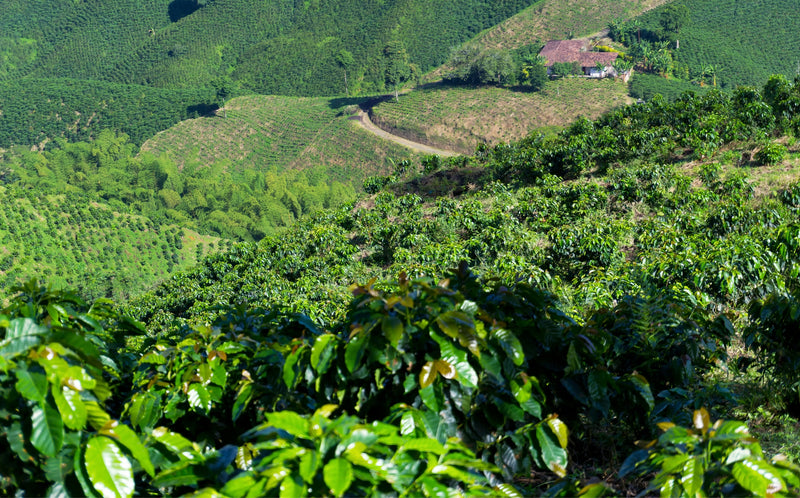
Vietnam has been cultivating coffee since the mid-19th century, and over the decades, it has built an industry that delivers both scale and flavor diversity. Here’s why it’s a top choice for wholesale buyers:
1. Distinct Flavor Profiles
- Robusta dominance: Known for its bold, full-bodied taste, Vietnamese Robusta is less acidic and has nearly twice the caffeine of Arabica.
- Unique Arabica character: Smoother and more balanced than sharper African Arabicas, often with floral and caramel notes.
- Signature brewing styles: Many flavors are influenced by traditional Vietnamese brewing (phin filter), which accentuates richness.
2. Reliable Supply
- The Central Highlands offer ideal conditions for coffee: volcanic soil, predictable rainfall, and generations of farming expertise.
- Vietnam produces over 1.6 million metric tons of coffee annually, ensuring year-round availability.
3. Competitive Pricing
- Efficient farming and processing keep costs lower than in most Latin American countries, without sacrificing quality.
4. Expanding Specialty Sector
- More farms are adopting Specialty Coffee Association (SCA) standards, producing beans that compete in the premium market.
Types of Vietnamese Coffee for Wholesale
Vietnam offers a range of coffee types for different wholesale needs. Each type stands out for its growing conditions, flavor profile, and ideal market.
Robusta – Vietnam’s Signature Strength
Robusta accounts for over 90% of Vietnam’s coffee output. Grown mainly in Dak Lak, Gia Lai, and Kon Tum at altitudes of 200–800 meters, it thrives in the hot, humid climate.
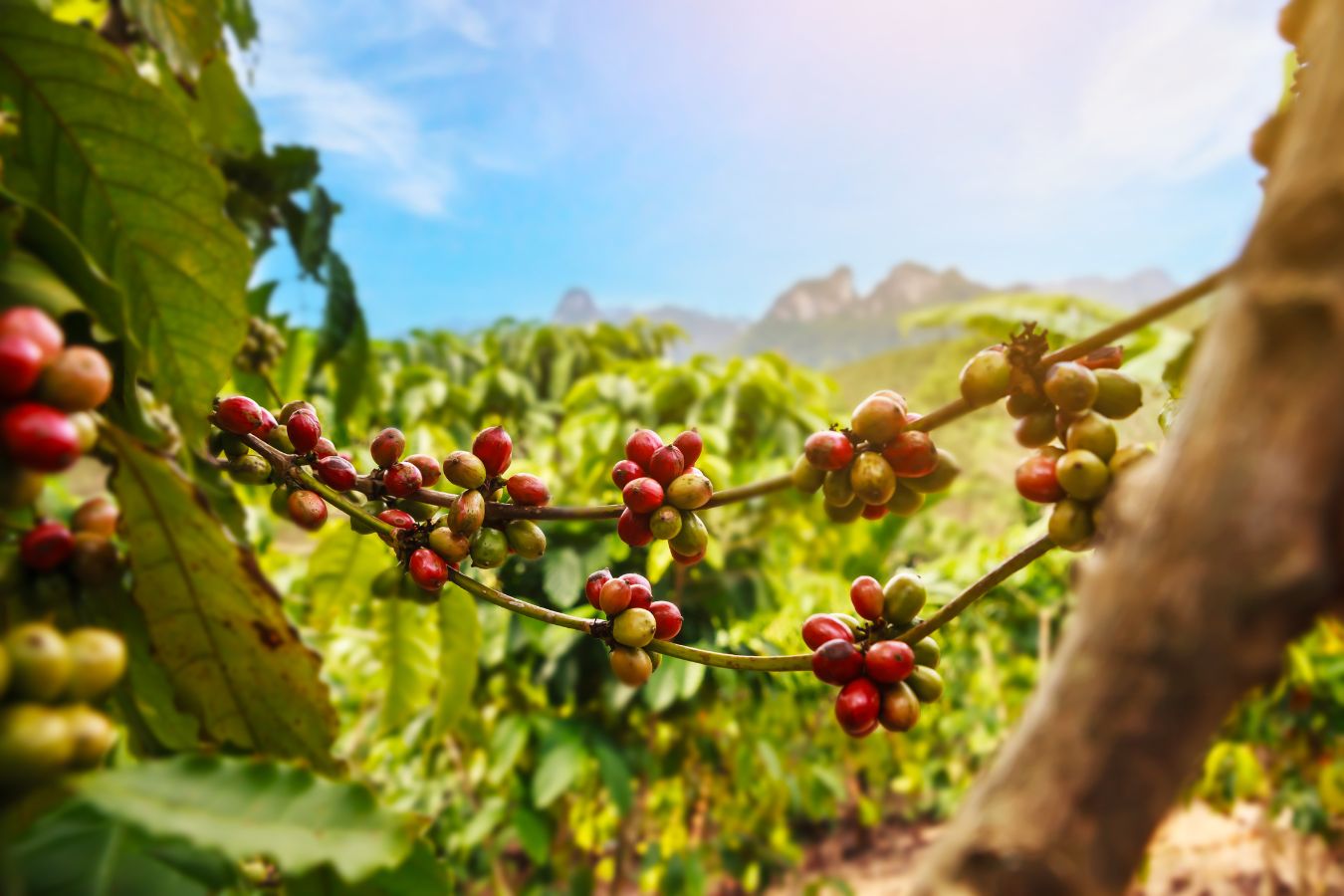
Key features:
- Taste: Strong, earthy, and nutty with cocoa undertones.
- Caffeine: 2–4%, nearly double that of Arabica.
- Use: Espresso blends, instant coffee, and markets valuing a bold, rich taste.
- Edge over other origins: More uniform in flavor than African Robusta due to standardized processing.
Arabica – The Rising Star
Vietnamese Arabica is grown in cooler, high-altitude regions like Da Lat, Son La, and Quang Tri. Though it makes up less than 10% of production, quality improvements are driving global interest.
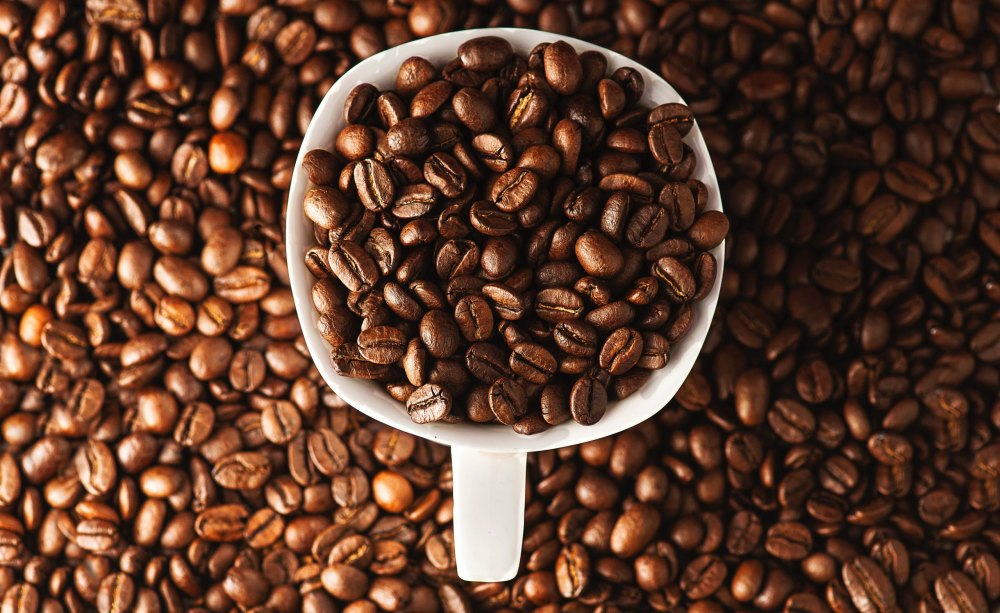
Key features:
- Taste: Floral and fruity notes balanced by a smooth mouthfeel.
- Caffeine: Around 1–1.5%.
- Use: Specialty coffee, single-origin roasts, high-end cafés.
- Edge over other origins: Balanced acidity and body, making it versatile for a variety of brew methods.
Culi (Peaberry) – The Rare Find
Culi beans form when a cherry produces a single, round seed instead of two. In Vietnam, both Robusta and Arabica can yield Culi, but only 5–7% of cherries do.
Key features:
- Taste: More concentrated flavor, heavier body, and richer aroma.
- Use: Premium blends or standalone specialty offerings.
- Edge: Sought after by boutique roasters for its intensity and rarity.
Specialty Coffee – The Premium Frontier
Specialty coffee in Vietnam is gaining recognition. Farmers in Lam Dong, Son La, and other regions are producing microlots with cupping scores above 80.
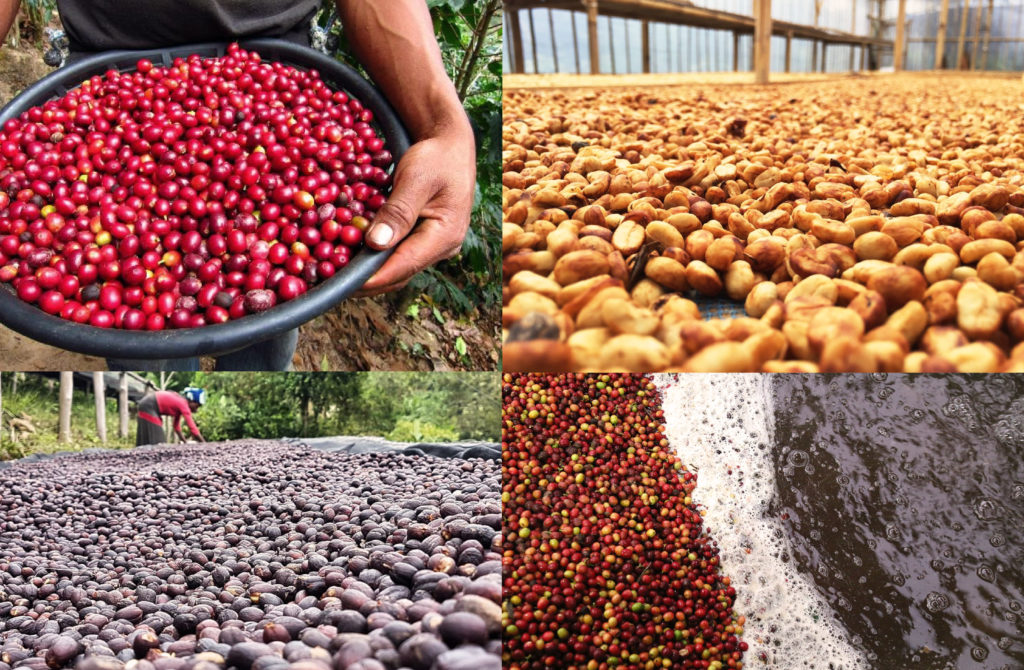
Key features:
- Taste: Unique profiles from experimental processing—honey, natural, anaerobic fermentation.
- Use: Third-wave cafés, competitive brewing, and high-end retail.
- Edge: Traceable, sustainable, and often more affordable than specialty coffees from other countries.
Instant Coffee & Drip Coffee
Vietnam leads in instant coffee exports but also innovates with products like drip coffee bags.
Key features:
- Instant coffee: Richer body thanks to local Robusta blends.
- Drip bags: Inspired by the traditional phin, offering convenience without losing flavor.
- Edge: Ideal for markets demanding speed, convenience, and authentic taste.
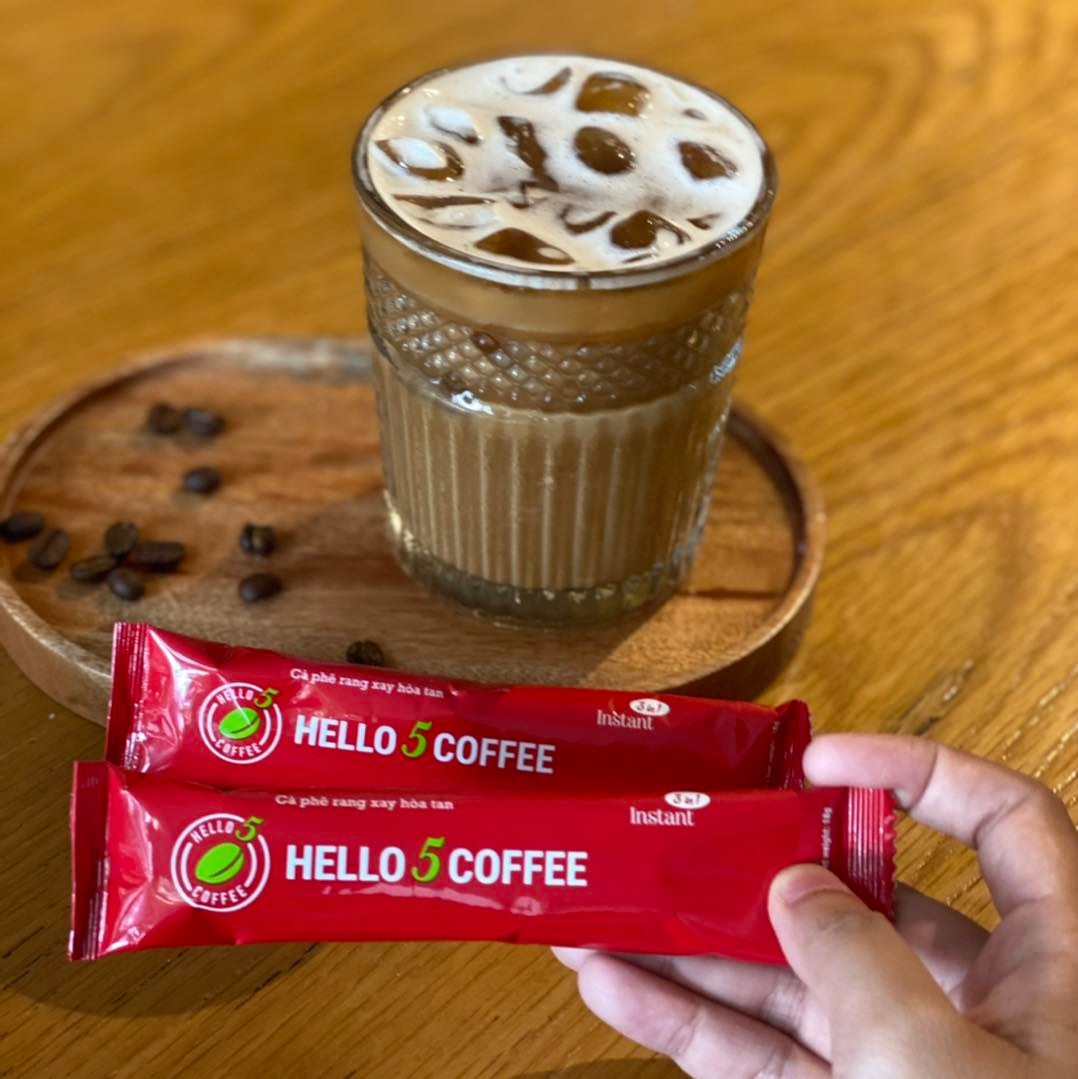
Realted topic: 5 best Vietnamese coffee beans
How to Source Wholesale Vietnamese Coffee
Sourcing is about more than just finding a supplier—it’s about building a relationship that ensures consistent quality.
1. Identify Reputable Suppliers
- Look for certifications: HACCP, ISO, Organic, Fair Trade, Rainforest Alliance.
- Check export experience and customer reviews.
2. Request Samples
- Always taste before committing. Compare roast levels, grind sizes, and packaging quality.
3. Negotiate Terms
- Discuss pricing, MOQ (Minimum Order Quantity), payment schedules, and delivery timelines.
4. Plan Logistics
- Choose between FOB (Free on Board) or CIF (Cost, Insurance, Freight) depending on your import setup.

Vietnamese Coffee Export Process
Exporting coffee from Vietnam follows a structured process. Knowing it helps you anticipate timelines and paperwork.
Main steps:
- Processing: Beans are washed, dried, sorted, and graded.
- Packing: Usually in 60 kg jute bags or bulk containers.
- Documentation: Certificate of Origin (CO), Invoice, Packing List, Bill of Lading, and any required phytosanitary certificates.
- Shipping: Via sea freight for bulk, air freight for urgent orders.
Average lead time: 3–6 weeks depending on destination and order size.
Wholesale Prices and Market Trends
Prices for wholesale Vietnamese coffee vary by type and quality:
- Robusta: $1.80–$2.50/kg (green beans, FOB price)
- Arabica: $3.50–$5.50/kg
- Specialty Arabica: $6.50–$12.00/kg depending on cupping score
- Culi: 10–20% above standard bean prices
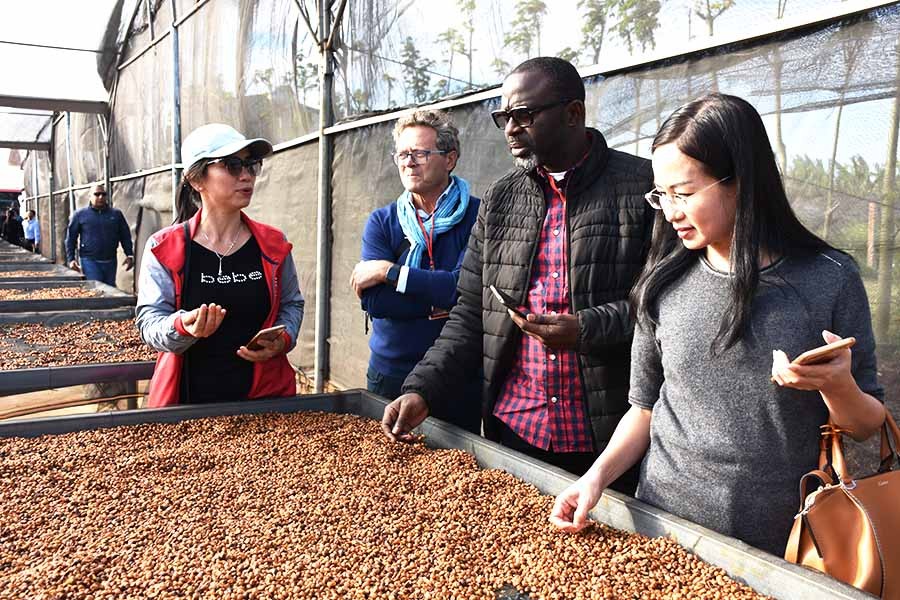
Trends to watch:
- Growing demand for sustainable and organic certification.
- Rising specialty segment as quality Arabica production increases.
- Instant and ready-to-brew products targeting younger consumers.
Tips for Successful Wholesale Purchasing
- Start small: Test with smaller shipments before scaling up.
- Build relationships: Long-term partnerships can lead to better pricing and priority supply.
- Stay informed: Track global coffee price indexes and harvest reports.
- Invest in branding: Highlight the origin story to connect with customers.
Hello 5 Coffee – Your Trusted Wholesale Partner
When it comes to sourcing high-quality Vietnamese coffee, Hello 5 Coffee has become a name international buyers trust.
What sets Hello 5 Coffee apart:
- Direct farm relationships: Working closely with growers ensures consistent quality and fair prices for farmers.
- Wide product range: From bold Robusta to award-winning specialty Arabica and convenient drip coffee bags.
- Quality control: Strict adherence to international standards, with in-house cupping before every shipment.
- Sustainability focus: Supporting eco-friendly farming and transparent supply chains.
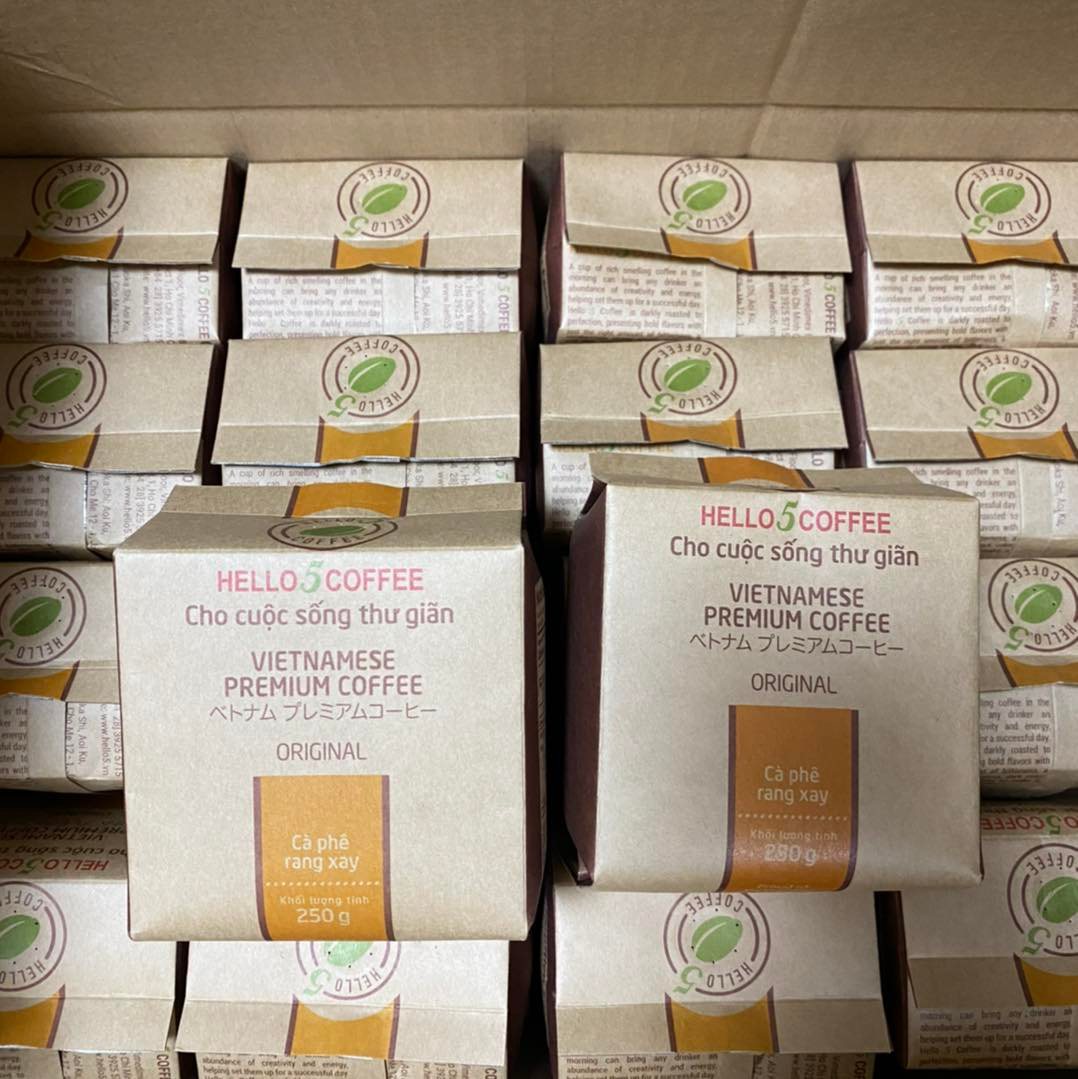
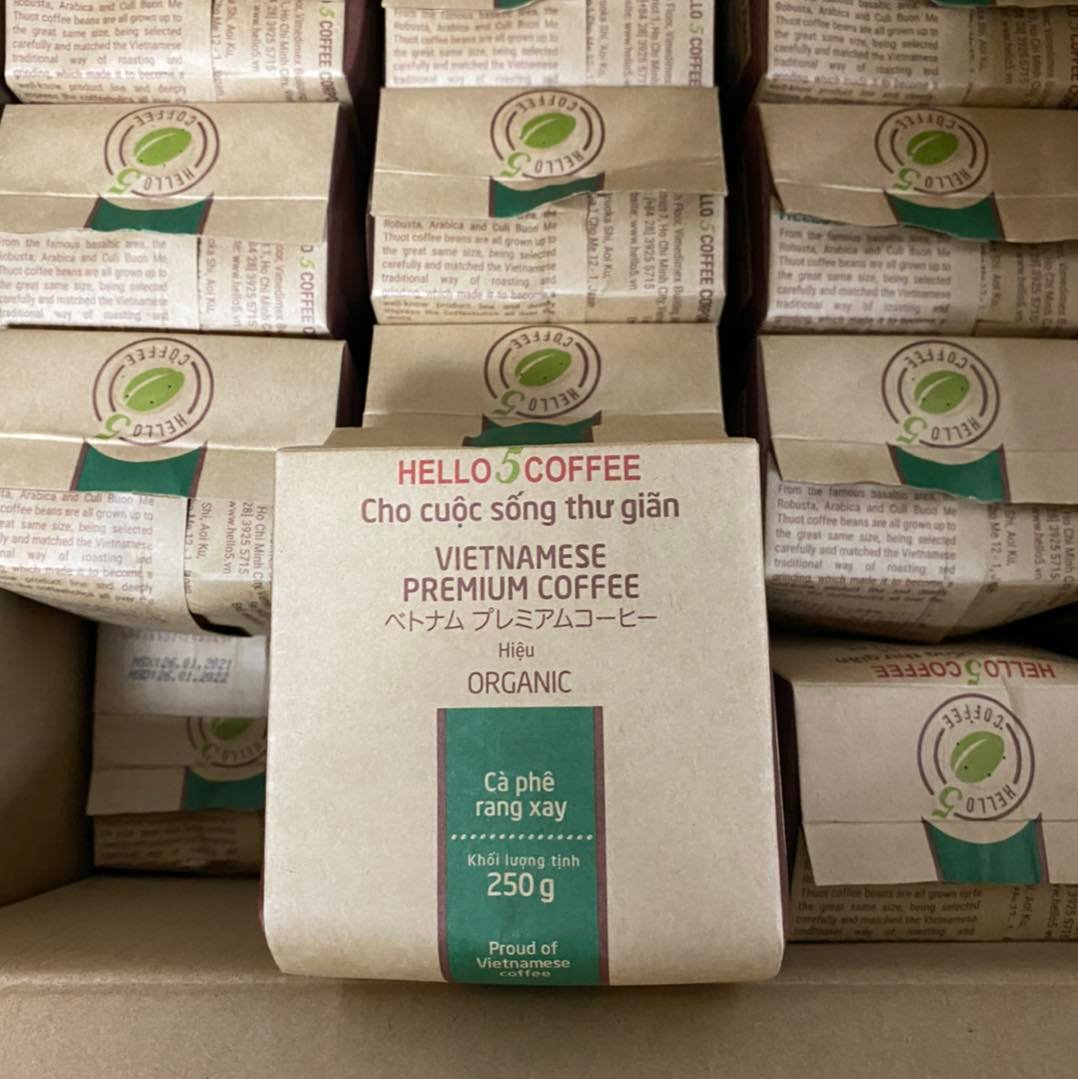
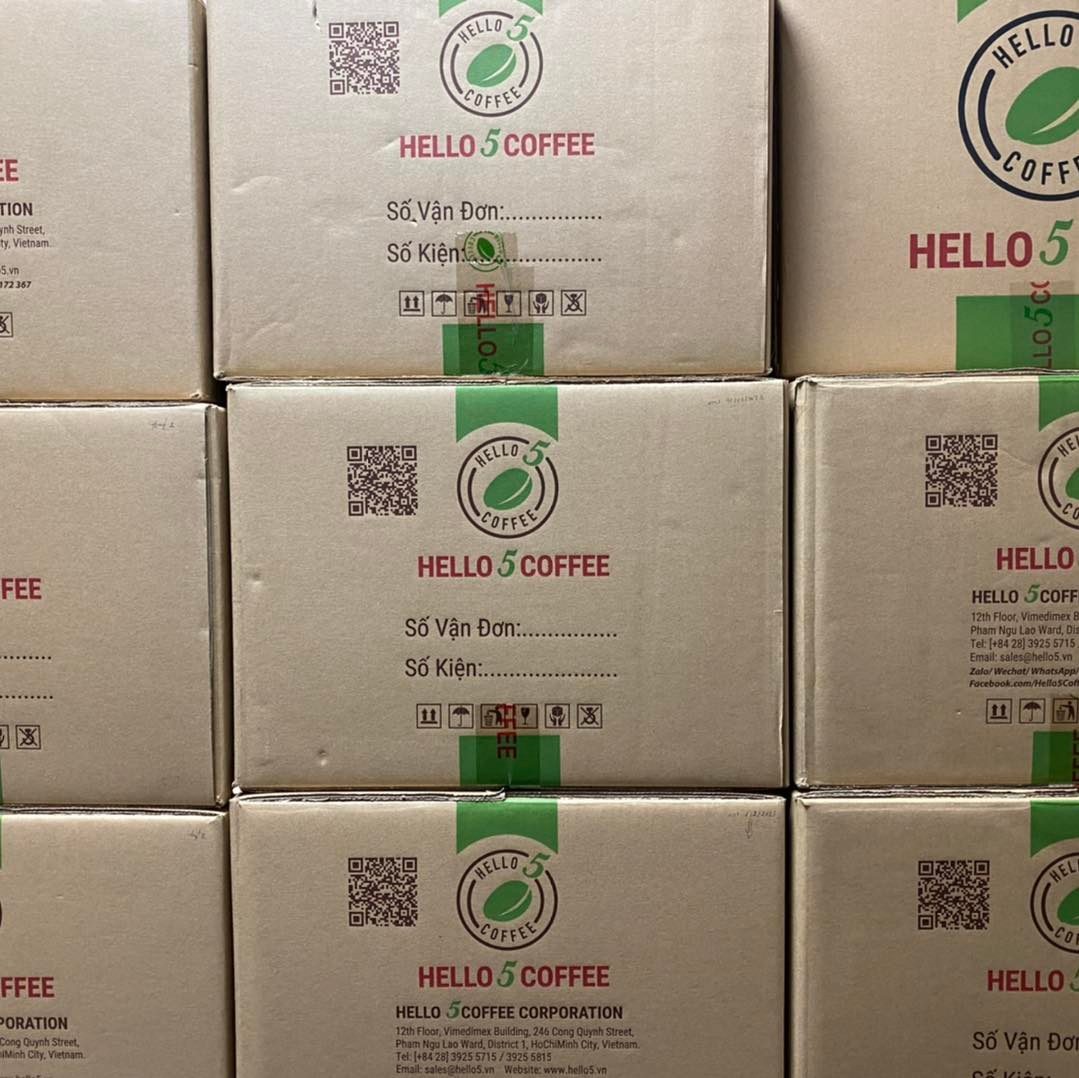
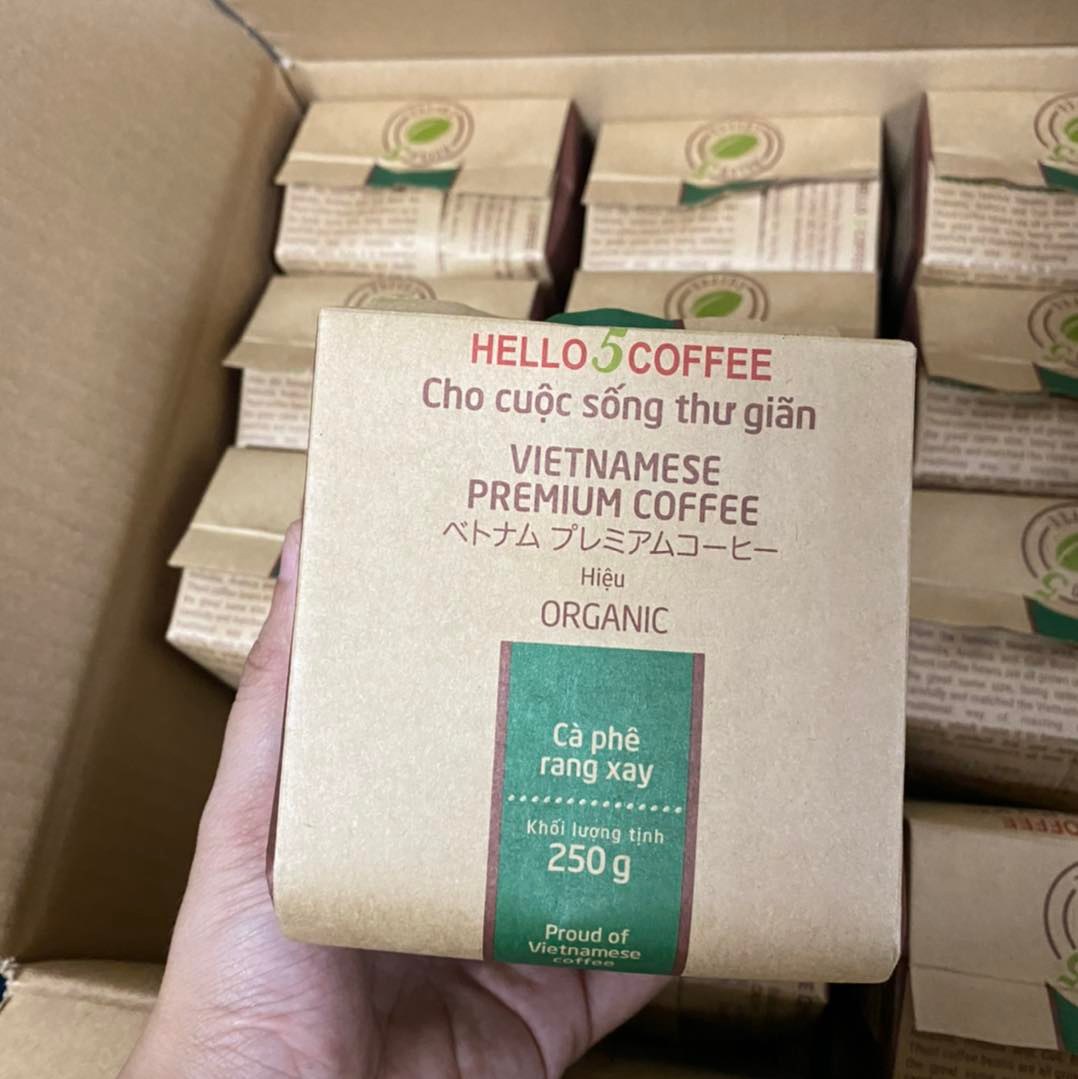
With Hello 5 Coffee, you’re not just buying beans—you’re partnering with a supplier that understands both tradition and modern market demands.
Vietnamese coffee offers wholesale buyers a rare combination of flavor diversity, consistent supply, and competitive pricing. Whether you’re drawn to the boldness of Robusta, the elegance of Arabica, or the innovation of specialty and convenient coffee products, Vietnam has something to offer.
By working with experienced suppliers like Hello 5 Coffee, you can ensure that every shipment meets your quality standards and delights your customers. The world of Vietnamese coffee is rich, dynamic, and ready for you to explore—and the time to start is now.
